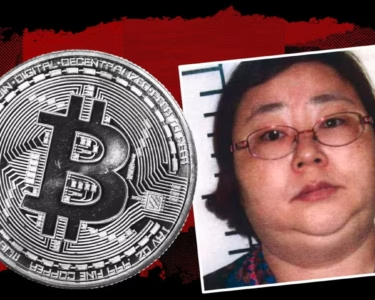On April 23, 2025, global financial markets ignited with optimism as the Trump administration hinted at stepping back from two major policies that had previously sent stocks into a tailspin. The Dow Jones Industrial Average and Nasdaq Composite both surged 2.7% on Tuesday, April 22, clawing back losses after a bruising period of trade war fears. The rally rippled worldwide, with Hong Kong’s Hang Seng climbing 2.4% and London’s FTSE 100 gaining 1.2%, led by Asia-focused banking giants like HSBC.
The spark? A double dose of relief from the White House. First, US Treasury Secretary Scott Bessent hinted at a “de-escalation” in the punishing US-China trade war, where tariffs had skyrocketed to 145% on Chinese goods, prompting Beijing to slap 125% duties on American products in retaliation. Speaking at a private JPMorgan event, Bessent suggested the current standoff was unsustainable, though he cautioned that negotiations could drag on.
President Trump echoed the sentiment, telling reporters the final tariff rate with China would drop “substantially” from its current peak, even teasing a future where the two nations could “live together very happily.” However, he offered no such olive branch to other trading partners like the UK, which still faces a 25% tariff on cars, steel, and aluminum, plus a 10% baseline tariff.
The second jolt of market adrenaline came when Trump backed off a prior threat to sack Federal Reserve Chair Jerome Powell. After weeks of tension—fueled by Trump’s frustration over the Fed’s refusal to slash interest rates amid tariff-driven economic uncertainty—the president assured reporters he had “no intention of firing” Powell. This move quelled fears of a direct assault on the central bank’s independence, a concern that had rattled investors already jittery about global growth.
Despite the rally, the road to recovery remains steep. The Nasdaq is still down a staggering 16% year-to-date, reflecting the deep scars left by months of trade war turmoil. The S&P 500, too, has struggled, dropping 3.64% between November 5, 2024, and March 11, 2025, as Trump’s tariff policies wiped trillions from global markets.
Adding to the unease, the International Monetary Fund slashed its global growth forecasts on April 22, underscoring the far-reaching impact of the US-China spat. Meanwhile, the US dollar, battered by trade war fallout, clawed back a cent against major currencies like the pound, but analysts warn it’s too early to call it a comeback.
Market watchers remain on edge. Michael Brown, a senior strategist at Pepperstone, captured the mood: “Investors are still jittery. Trump’s ‘90 deals in 90 days’ promise is sitting at zero deals in 14 days—not exactly a confidence booster.” With US government borrowing costs still high and recession fears lingering, this market rally might be a fleeting dance rather than a lasting turn. For now, the world watches as Trump’s next steps in this high-stakes economic tango could either fan the flames or douse the fire.






